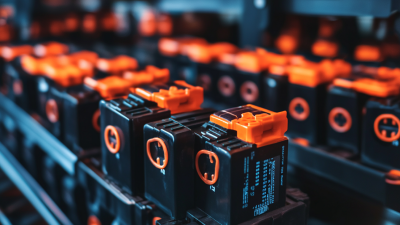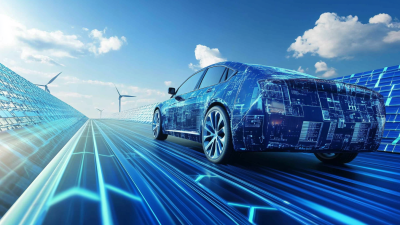The demand for efficient energy storage solutions has significantly increased with the proliferation of portable electronic devices and electric vehicles. Among these, the 7.4v Lithium Ion Battery Pack stands out due to its compact design and high energy density, making it a popular choice across various industries. According to a report by Grand View Research, the global lithium-ion battery market is expected to reach $129.3 billion by 2027, driven by the growing adoption of renewable energy and advancements in technology.
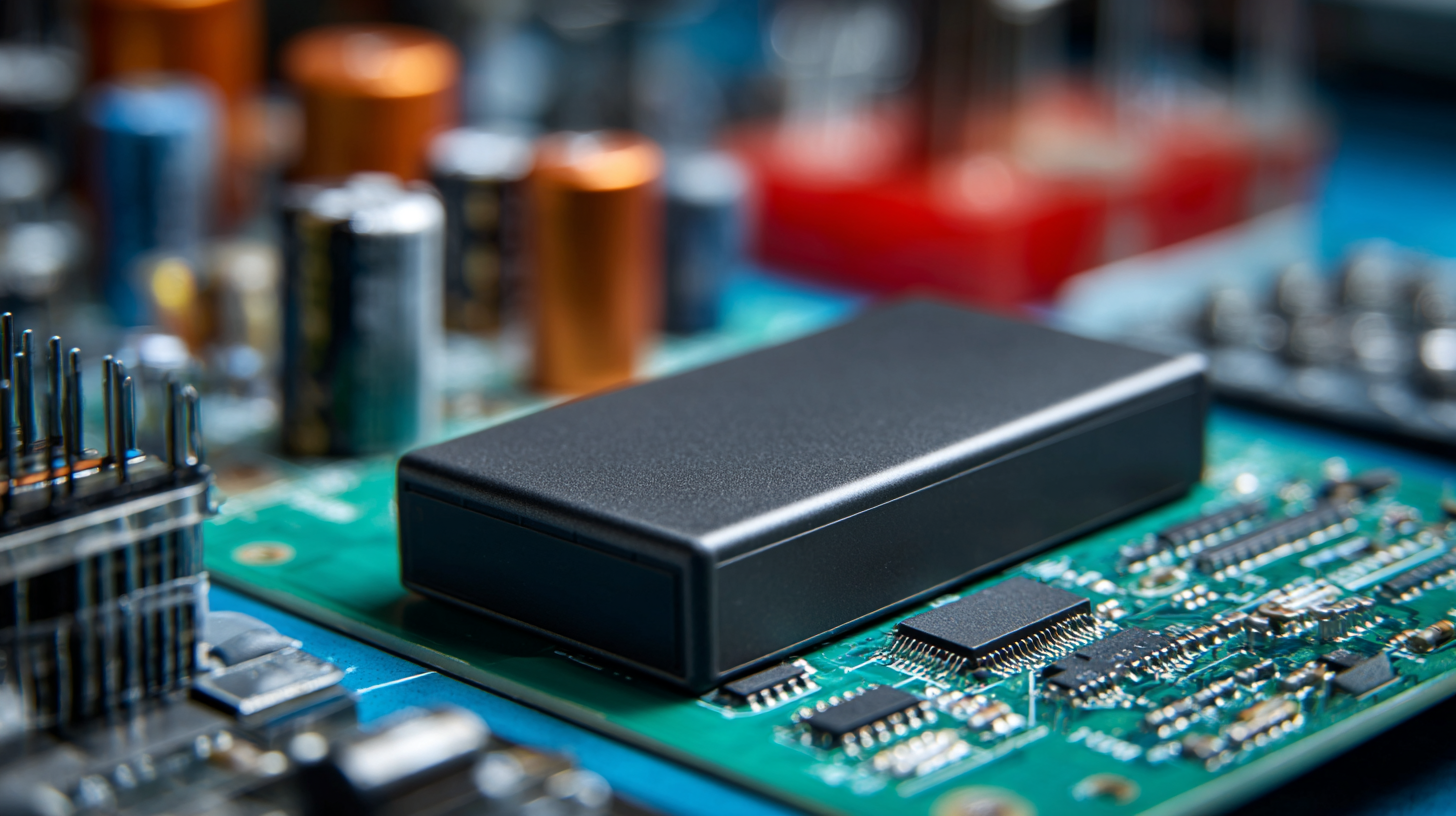 Furthermore, a study published in the Journal of Power Sources indicates that lithium-ion batteries have a specific energy density of 150-200 Wh/kg, significantly outperforming traditional lead-acid batteries. Understanding the capacity and performance characteristics of the 7.4v Lithium Ion Battery Pack is crucial for optimizing its usage, extending lifespan, and ensuring reliable operation in applications ranging from consumer electronics to electric vehicles.
Furthermore, a study published in the Journal of Power Sources indicates that lithium-ion batteries have a specific energy density of 150-200 Wh/kg, significantly outperforming traditional lead-acid batteries. Understanding the capacity and performance characteristics of the 7.4v Lithium Ion Battery Pack is crucial for optimizing its usage, extending lifespan, and ensuring reliable operation in applications ranging from consumer electronics to electric vehicles.
The chemistry and design of 7.4v lithium-ion battery packs play a crucial role in their performance and capacity. At the core of lithium-ion technology is the movement of lithium ions between the positive and negative electrodes during charge and discharge cycles. In a 7.4v battery pack, the configuration typically comprises two lithium-ion cells arranged in series, boosting the voltage to meet specific device requirements. The choice of electrode materials, such as lithium cobalt oxide for the cathode and graphite for the anode, significantly influences energy density, cycle life, and thermal stability.
Understanding battery design also encompasses the role of the battery management system (BMS). The BMS ensures optimal performance by monitoring cell voltages, temperatures, and charging currents to prevent overcharging or overheating, which can degrade the battery's lifespan. Additionally, features like cell balancing are critical to maintaining uniform performance across the pack, which is especially important in high-drain applications. Ultimately, a sound grasp of lithium-ion battery chemistry and design empowers users to harness these power sources efficiently, maximizing their utility in a range of electronic devices.
When it comes to lithium-ion battery packs, understanding their capacity and performance is crucial for optimal usage. Accurately measuring battery capacity requires specialized tools and techniques that consider both rated and actual performance levels. Advanced diagnostic methods, akin to those used in medical imaging to assess burn injuries, can enhance our understanding of battery health and longevity. For instance, precise capacity testing can be conducted using a battery analyzer, which provides real-time data on charge cycles and discharge rates, thus enabling users to make informed decisions about battery management.
Tips:
- Regularly test your battery with a reputable battery analyzer to ensure accurate capacity assessment.
- Implement data analysis techniques similar to those used in predictive modeling for other domains, such as structural engineering, to project battery life and efficiency based on usage patterns.
Moreover, emerging technologies that leverage machine learning and predictive modeling can significantly improve capacity estimation techniques. For example, by analyzing patterns in power consumption and charge cycles, users can better predict when a battery requires maintenance or replacement, thus optimizing performance and extending lifespan. This approach mirrors the advancements in creating predictive frameworks in various fields, ensuring diagnostics remain relevant and precise.
This chart illustrates the capacity performance of a 7.4v lithium-ion battery pack over five discharge cycles, highlighting the gradual decline in capacity measured in milliampere-hours (mAh). Understanding this trend is crucial for optimizing battery usage and ensuring longevity.
The performance of a 7.4v lithium-ion battery pack is significantly influenced by various factors, particularly temperature, load, and cycle life.
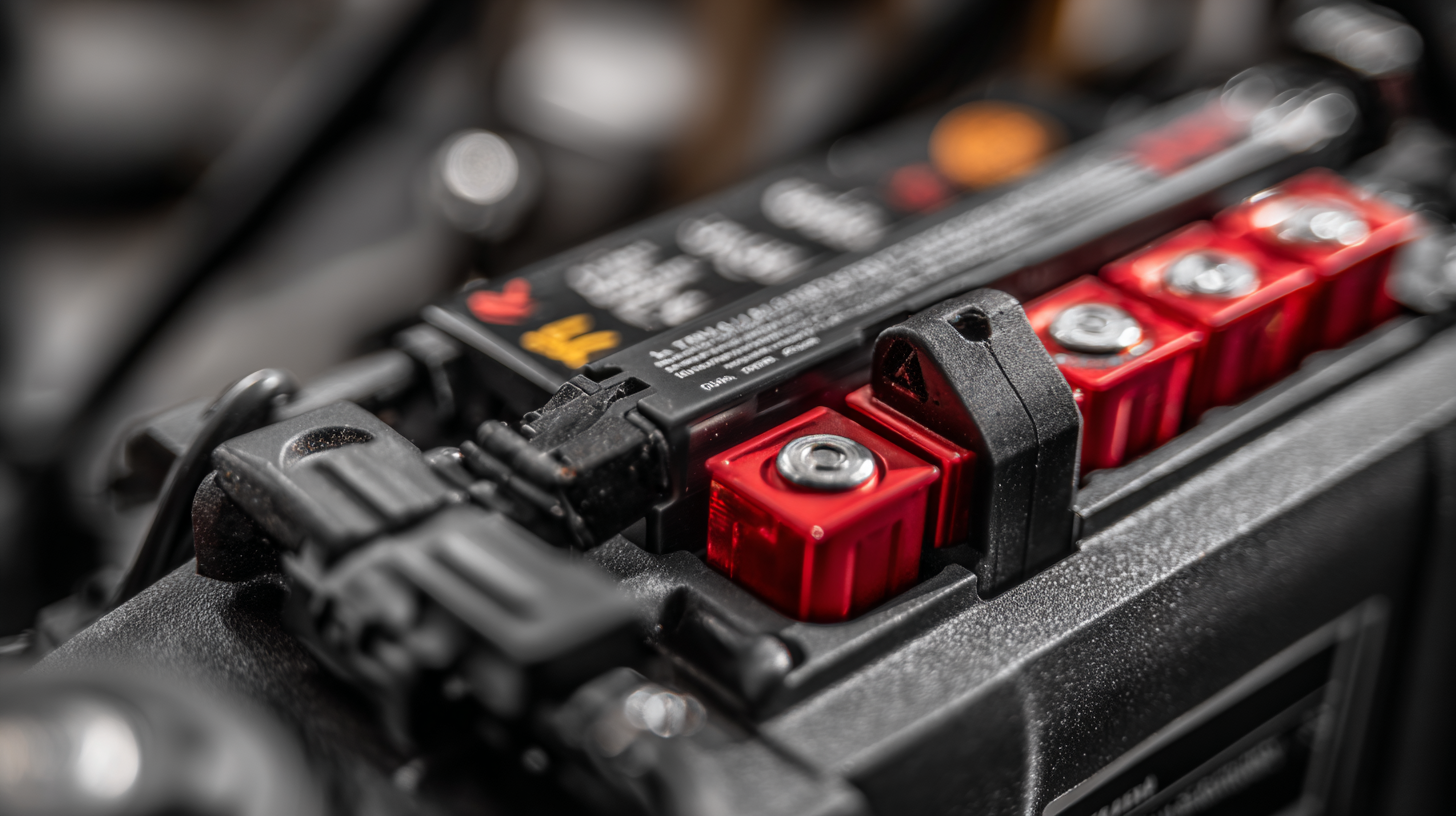 Temperature plays a critical role; high temperatures can accelerate degradation, while extremely low temperatures may reduce the battery's capacity.
Understanding the optimal operating temperature can maximize the efficiency and lifespan of the battery.
Moreover, load size is equally important; for instance, lower loads can lead to less strain on the battery, promoting better energy performance and longevity.
Temperature plays a critical role; high temperatures can accelerate degradation, while extremely low temperatures may reduce the battery's capacity.
Understanding the optimal operating temperature can maximize the efficiency and lifespan of the battery.
Moreover, load size is equally important; for instance, lower loads can lead to less strain on the battery, promoting better energy performance and longevity.
Cycle life, the number of charge and discharge cycles a battery can undergo before its capacity diminishes significantly, also influences overall performance. It is essential to monitor and manage charge and discharge rates to extend this life cycle. Recent studies highlight that excessive or improper usage can lead to rapid deterioration. Techniques such as using intelligent charging systems that adapt to the battery's status can be instrumental in preserving capacity. By focusing on these critical performance factors, users can optimize the usage of lithium-ion battery packs, ensuring better energy efficiency and prolonging their operational lifespan.
When it comes to optimizing the performance and longevity of a 7.4v lithium-ion battery pack, understanding the right charging practices is crucial. Proper charging not only maximizes capacity but also helps in maintaining the health of the battery over time. It is recommended to use a charger specifically designed for lithium-ion batteries, as generic chargers may not provide the correct voltage and current levels, potentially causing damage. Keeping the charging voltage consistent and within the recommended range can prevent overheating and prolong battery life.
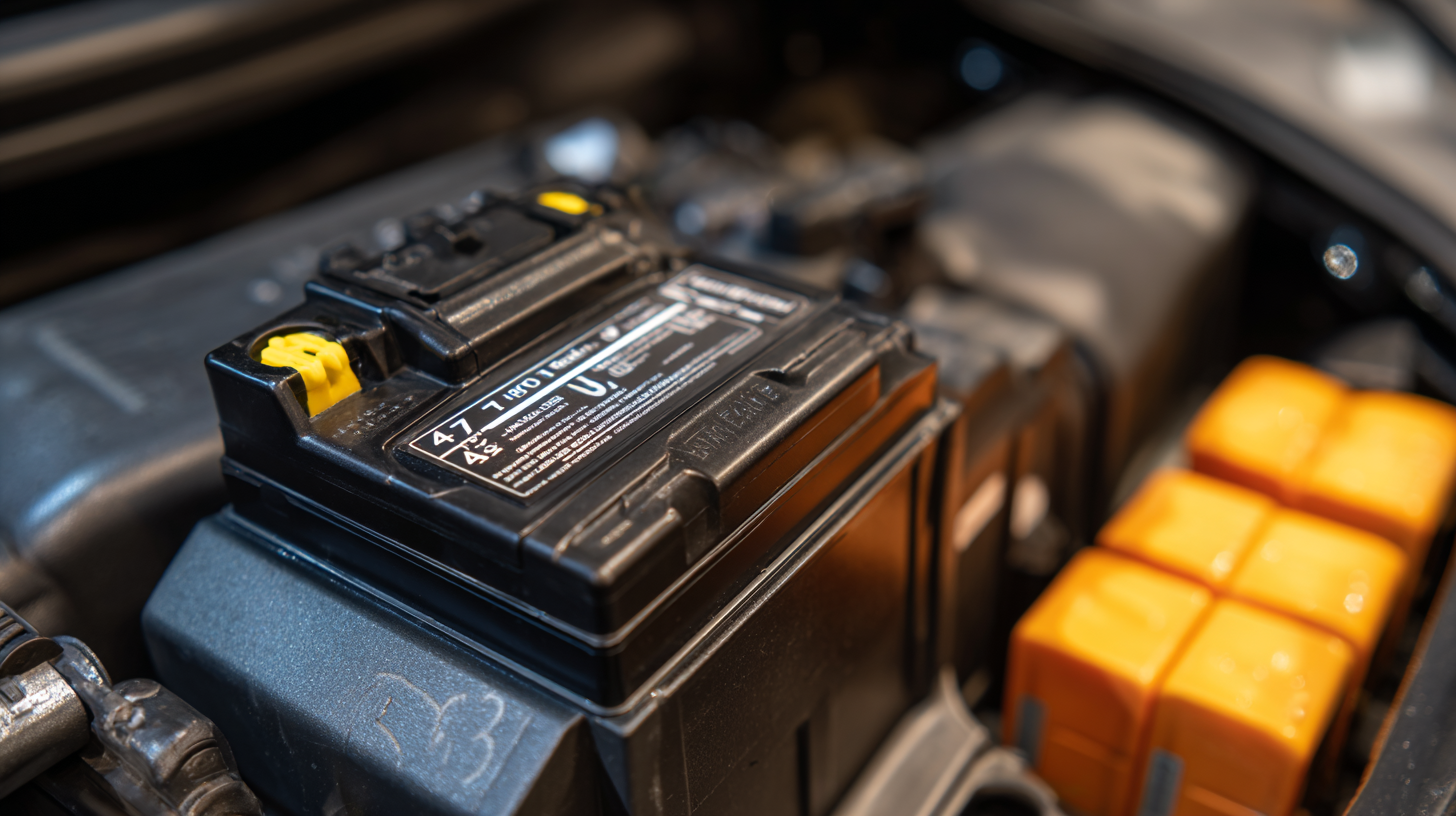
Moreover, charging habits play a significant role in battery health. It's advisable to avoid letting the battery completely discharge before recharging, as deep discharges can degrade the battery's performance. Instead, aim to recharge when the battery level drops to around 20-30%. Additionally, using a slow charging method, such as trickle charging, can enhance the efficiency and extend the overall lifespan of the battery pack. By adopting these optimal charging practices, users can ensure that their 7.4v lithium-ion batteries operate at peak performance while maintaining their longevity.
7.4v lithium ion battery packs are increasingly favored in various applications due to their reliable power and efficient energy density. One of the most prominent applications is in consumer electronics, such as smartphones and tablets. According to a report by Markets and Markets, the global lithium-ion battery market is expected to reach $129.3 billion by 2027, driven primarily by the high demand in portable devices. The compact size and high energy density of 7.4v packs make them ideal for these applications, allowing devices to run longer on a single charge and reducing the need for bulky battery configurations.
Another significant application is in the realm of electric vehicles (EVs) and drones. Many drones utilize 7.4v lithium ion battery packs for their lightweight and high-capacity characteristics. The International Energy Agency notes that electric vehicle sales reached 3 million units globally in 2020, with a consistent growth trajectory. This trend is mirrored in drone technology, where advancements in battery packs enable longer flight times and better performance. In these high-demand scenarios, the 7.4v battery packs provide an optimal balance between weight and energy, making them crucial for competitive performance in these innovative fields.
